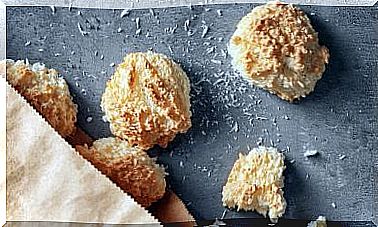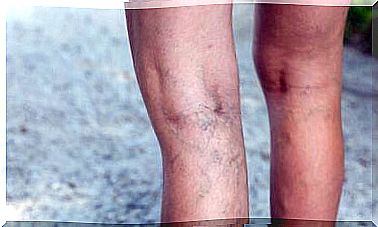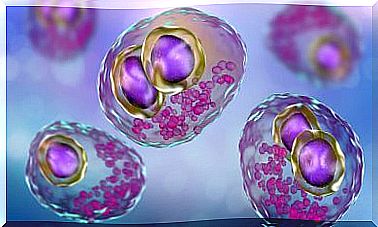Tips For Giving An Intramuscular Injection
An intramuscular or IM injection involves the administration of a drug directly into the muscle. Thus, the drug enters the muscle and is absorbed naturally by the blood vessels in the area.
It is as efficient a procedure as the intravenous route. However, intramuscular injections are generally easier to administer and have fewer side or adverse effects. This method allows the use of a broader set of drugs than in the case of the intravenous route.
Also, it differs from subcutaneous injections in that the drug is applied in a deeper layer. As there are not so many nerve endings in the muscle fibers and it is a well vascularized tissue, the patient will feel less discomfort than in other similar procedures.
What is a muscle injection given for?
The parenteral route is used, that is, the medical team avoids the digestive tract. This is because there are medications that are inhibited by gastric juices or compounds produced by the liver.
This route is also used if the patient has problems swallowing or swallowing the chemical compound. Likewise, there are diseases that alter the absorption capacity of individuals.
With the intramuscular route, the physician may use a larger volume of compound than using the subcutaneous route. This technique acts faster than the oral route, but slower compared to the intravenous one.
As a general rule, the state of the compounds to be injected is aqueous or even oily. This is because they can form a deposit in the indicated muscle. It can also reach the bloodstream and have a longer lasting effect on the body.
It is worth noting that the team of specialists will choose the most appropriate route of administration in each clinical case. To do this, he will review the properties of the medicine and the personal characteristics of each patient.
Materials needed to give a muscle injection
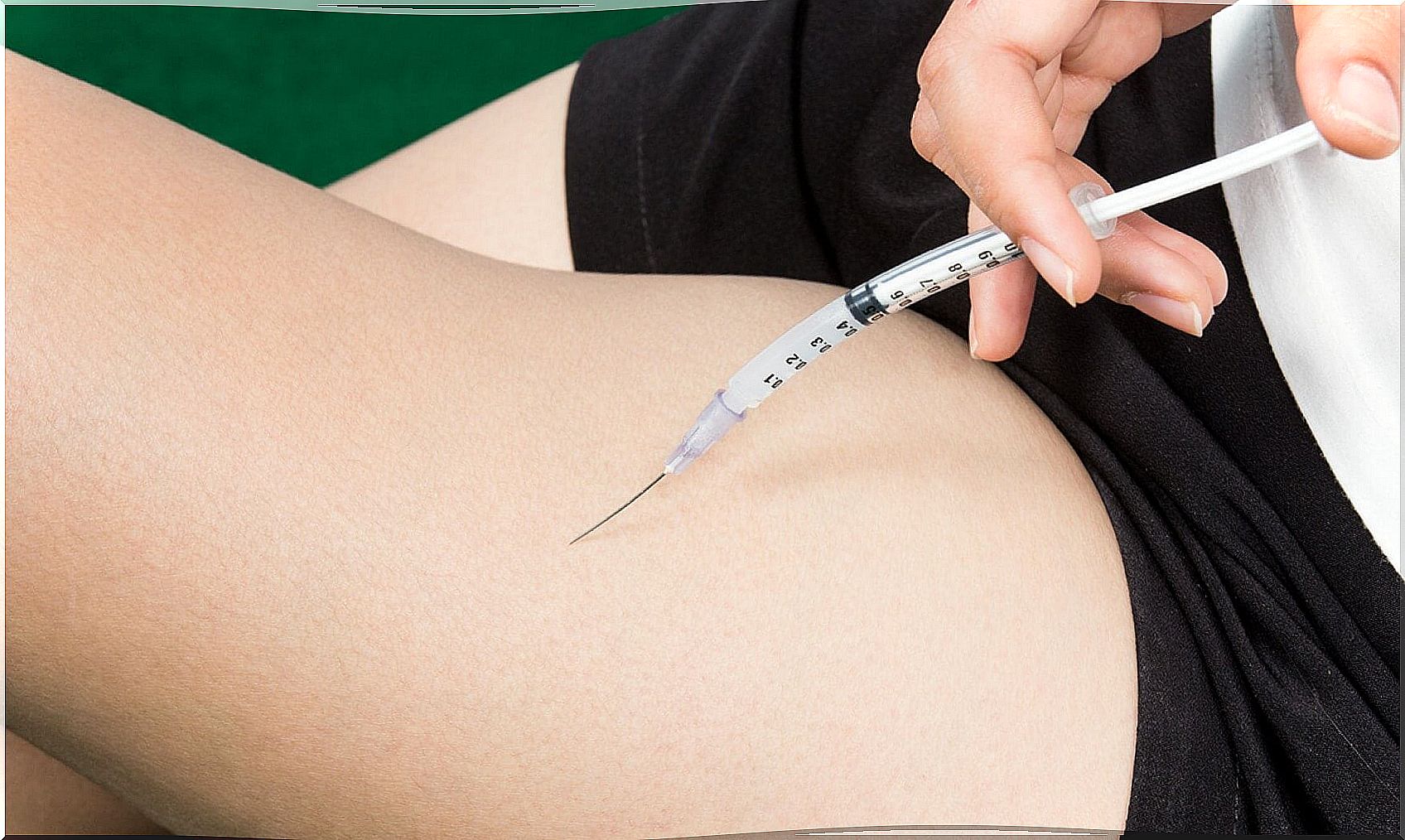
The group of doctors uses a number of resources to carry out this procedure. For example, among the most frequently used materials we find:
- Clean, disposable gloves.
- Drug or group of drugs to be administered.
- Cotton and 70º alcohol to disinfect and prepare the skin in the injection area. Alcohol wipes can also be used.
- Sterile gauze to place over the puncture.
- New use syringes. In this case, the needles can be 2.5 to 7.5 cm long. In this way, the gauge will be 19 to 23. The needles are injected into the muscle while the barrel of the syringe contains the medication. Finally, the plunger is used to introduce or eject the drug from the medical instrument.
- Likewise, trays or trays can be used to house the instruments necessary for the technique.
- Specialized container to dispose of sharps.
Where should the intramuscular injection take place?
As a general rule, experts tend to change the injection site frequently. In this way, the development of scars and intense discomfort in the patient is avoided. In any case, well vascularized areas or with a very efficient blood supply are chosen. Therefore, the most frequently used areas are:
- Thighs
- Deltoid.
- Hips
- Buttocks.
Tips during intramuscular injection
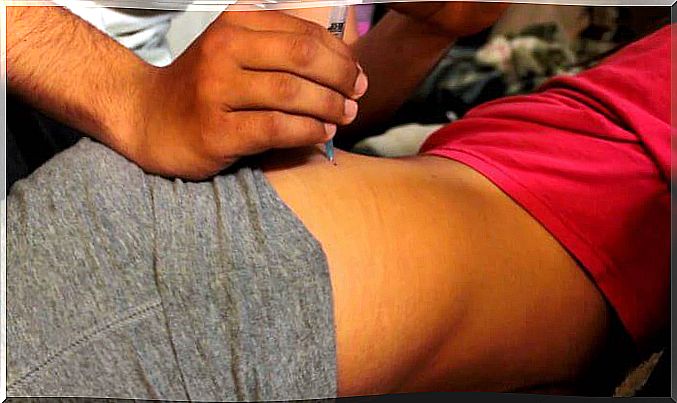
- Once the area has been disinfected with alcohol, we must avoid any contact with it until the injection.
- Prepare the syringe and keep a firm grip on it.
- Gently squeeze the skin near the application area to slightly tighten the muscle. Then insert the needle perpendicular to the patient’s muscle layer.
- In case of bleeding, the syringe should be withdrawn and the process repeated in another region.
- Also, it is recommended to administer the drug slowly so that the patient feels less discomfort after the procedure.
- Finally, the needle will be withdrawn at the same angle and the gauze will be placed over the puncture for a few minutes. It is advisable to withdraw the syringe quickly to reduce pain.
- Hours after the injection, a brief massage can be performed on the injection area. In this way, the speed of action of the drug is increased. You can also do moderate physical activity.
Finally, it is worth noting that, as in other procedures, when placing an intramuscular injection it will be important to help the patient feel as relaxed as possible so that the process is more tolerable.
